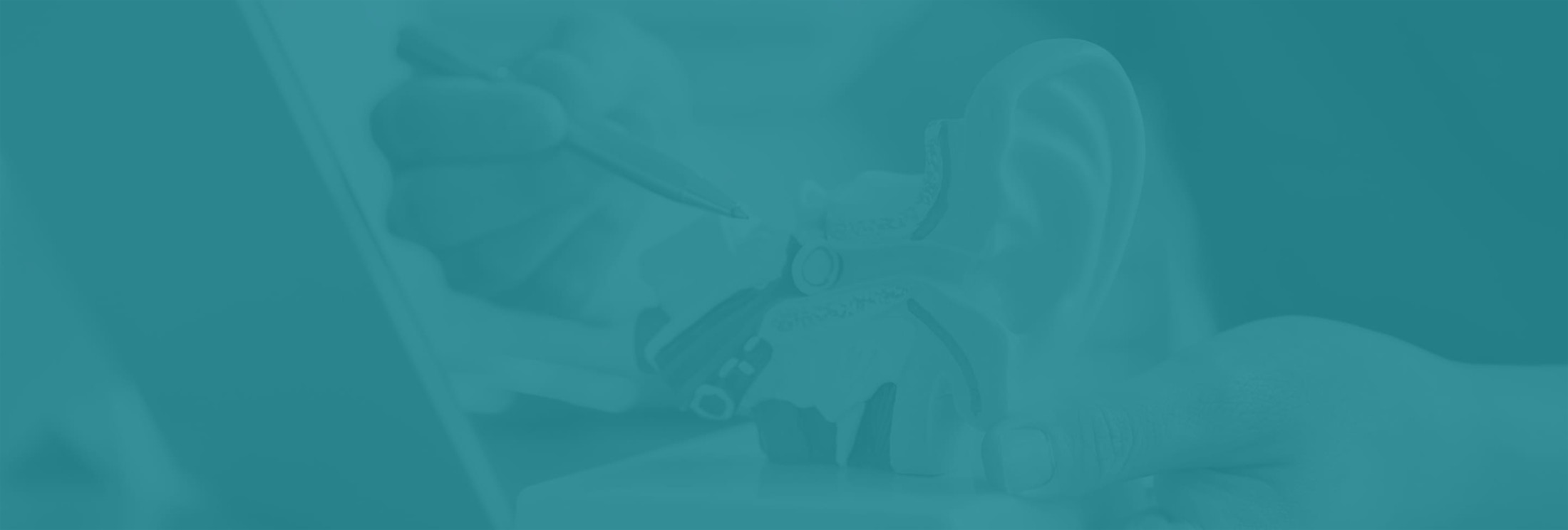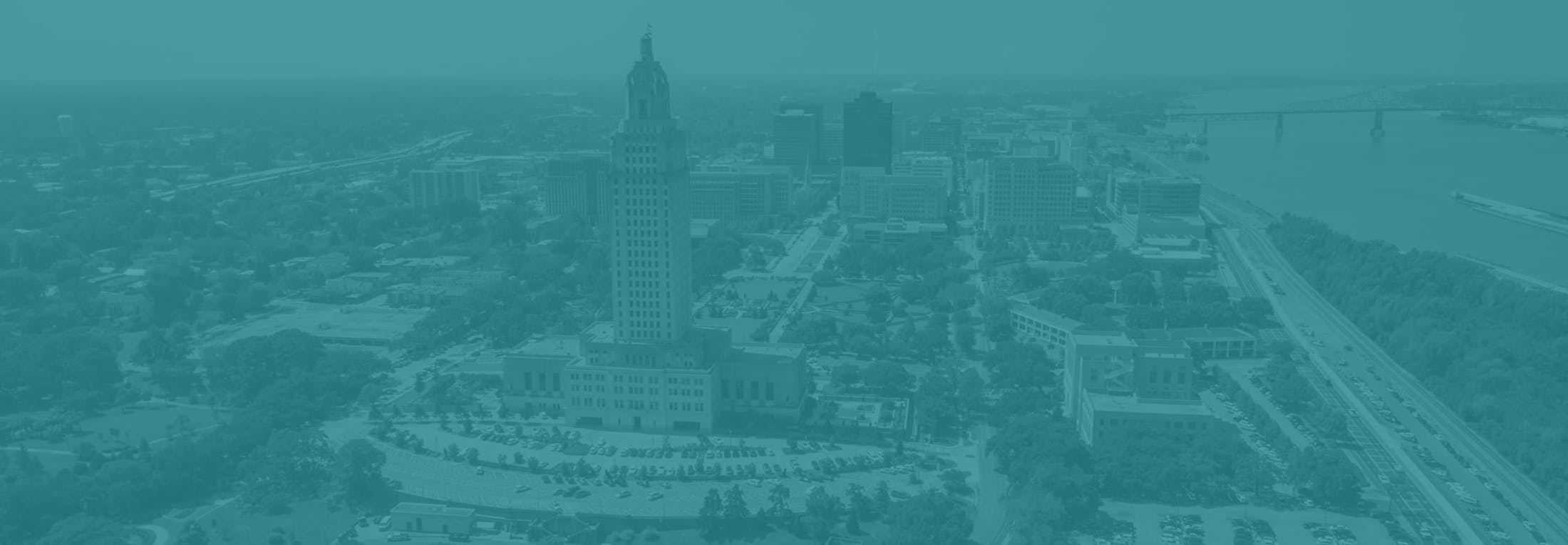Turbinate hypertrophy is a condition characterized by the excessive growth or enlargement of the turbinates, which are bony structures located inside the nose. These structures are covered with a special skin called mucosa, and they play a vital role in filtering, warming, and humidifying the air you breathe. Turbinates naturally swell during the normal nasal cycle, when you lie down, and in response to allergens and other stimuli.
Symptoms of turbinate hypertrophy
Turbinate hypertrophy can manifest with various symptoms, including:
- Difficulty breathing
- Alternating congestion in the sides of the nose
- Nasal stuffiness
- Nasal blockage
- Nasal congestion when lying down
- Noisy breathing or mouth breathing during sleep
- Increased nasal drainage





